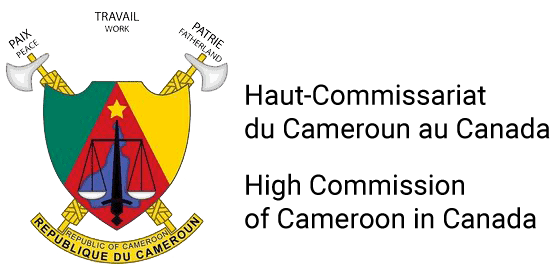History
500 BC:
The explorer Hanno of Carthage in North Africa (Tunisia) was the first foreigner reported to have seen Mount Cameroon. In the following Centuries, trade in slaves and goods developed in the Northern part of Cameroon through the Sahara in North Africa.
200-100 BC:
The first Bantu-tribes emigrated to the North of Cameroon from Nigeria. Traditionally, these tribes were made up of farmers and they needed a lot of space for their agriculture. The original inhabitants, the so-called “Pygmies”, were gradually forced deeper into the forests by the new comers. Later, Sao Culture developed in the South of Lake Chad and more than 150 different ethnic groups lived in Cameroon (Today there are about 250 different ethnic groups).


